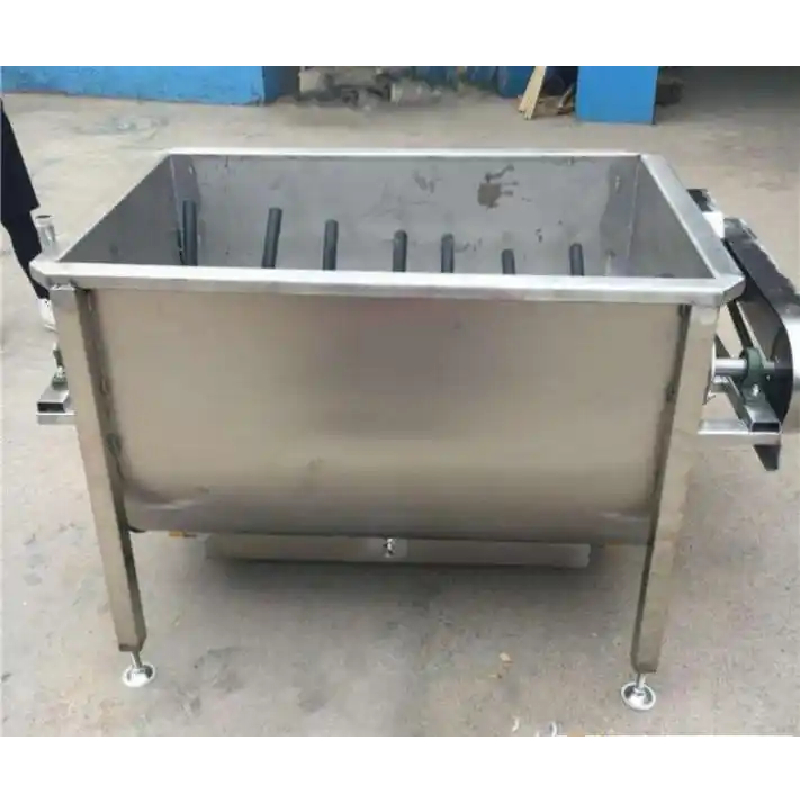Evaporative Cooling Pads for Poultry – Efficient Climate Control Solutions
Aug . 29, 2024 06:21 Back to list
Evaporative Cooling Pads for Poultry – Efficient Climate Control Solutions
Understanding Evaporative Cooling Pads for Poultry
Evaporative cooling has become an essential practice in poultry farming, particularly in regions where high temperatures can adversely affect the health and productivity of birds
. One of the most vital components of an effective evaporative cooling system is the cooling pad, which plays a crucial role in lowering ambient temperature and maintaining a comfortable environment for poultry.Evaporative cooling pads work by harnessing the natural process of evaporation. When air passes through a moist surface, the heat in the air is absorbed, causing the water to evaporate and subsequently lowering the air temperature. This is particularly beneficial in poultry houses, where maintaining an optimal temperature is critical for bird welfare, growth rates, and overall productivity.
There are various materials used for evaporative cooling pads, including cellulose, aspen wood, and plastic. Each material has its pros and cons, but cellulose pads are often preferred due to their excellent water retention properties and efficiency in heat absorption. These pads are designed with a honeycomb structure that increases surface area, enabling more effective moisture retention and promoting a higher rate of evaporation.
One of the most significant advantages of evaporative cooling pads is their energy efficiency. Unlike traditional air conditioning systems, which consume substantial electrical power, evaporative cooling systems operate using water and a fan, significantly reducing energy costs. This makes them particularly appealing for poultry farmers looking to manage operational expenses while ensuring a comfortable environment for their flocks.
evaporative cooling pads for poultry

Moreover, the use of cooling pads can lead to improved air quality within poultry houses. High temperatures can create stress in birds, leading to poor feed conversion rates and increased susceptibility to diseases. By maintaining a lower temperature, cooling pads help mitigate heat stress, allowing poultry to maintain normal feeding and activity patterns. This not only enhances growth rates but also reduces mortality rates and improves overall health.
However, proper maintenance of evaporative cooling pads is essential to ensure their longevity and effectiveness. Regular cleaning is crucial to prevent the buildup of algae, mold, and other contaminants that can obstruct airflow and reduce cooling efficiency. Farmers should also monitor the water supply and ensure that it is clean to avoid introducing harmful pathogens to the birds' environment.
In addition to their cooling benefits, evaporative cooling pads can be integrated with modern climate control systems. These systems can be automated to adjust the cooling based on real-time weather conditions, ensuring that the poultry house remains within an optimal temperature range throughout the day. This integration allows for a streamlined approach to poultry management, leading to better productivity and health outcomes.
In conclusion, evaporative cooling pads are an indispensable tool for poultry farmers dealing with heat stress challenges. They provide an energy-efficient solution that enhances bird welfare, improves air quality, and supports higher productivity. By investing in high-quality cooling pads and ensuring proper maintenance, poultry farmers can create an ideal environment that promotes the health and growth of their birds, ultimately leading to greater success in their farming operations. Embracing this technology is not just a trend; it’s a proactive step towards sustainable and efficient poultry farming in hotter climates.
-
Hot Sale 24 & 18 Door Rabbit Cages - Premium Breeding Solutions
NewsJul.25,2025
-
Automatic Feeding Line System Pan Feeder Nipple Drinker - Anping County Yize Metal Products Co., Ltd.
NewsJul.21,2025
-
Automatic Feeding Line System Pan Feeder Nipple Drinker - Anping County Yize Metal Products Co., Ltd.
NewsJul.21,2025
-
Automatic Feeding Line System - Anping Yize | Precision & Nipple
NewsJul.21,2025
-
Automatic Feeding Line System - Anping Yize | Precision & Nipple
NewsJul.21,2025
-
Automatic Feeding Line System-Anping County Yize Metal Products Co., Ltd.|Efficient Feed Distribution&Customized Animal Farming Solutions
NewsJul.21,2025






